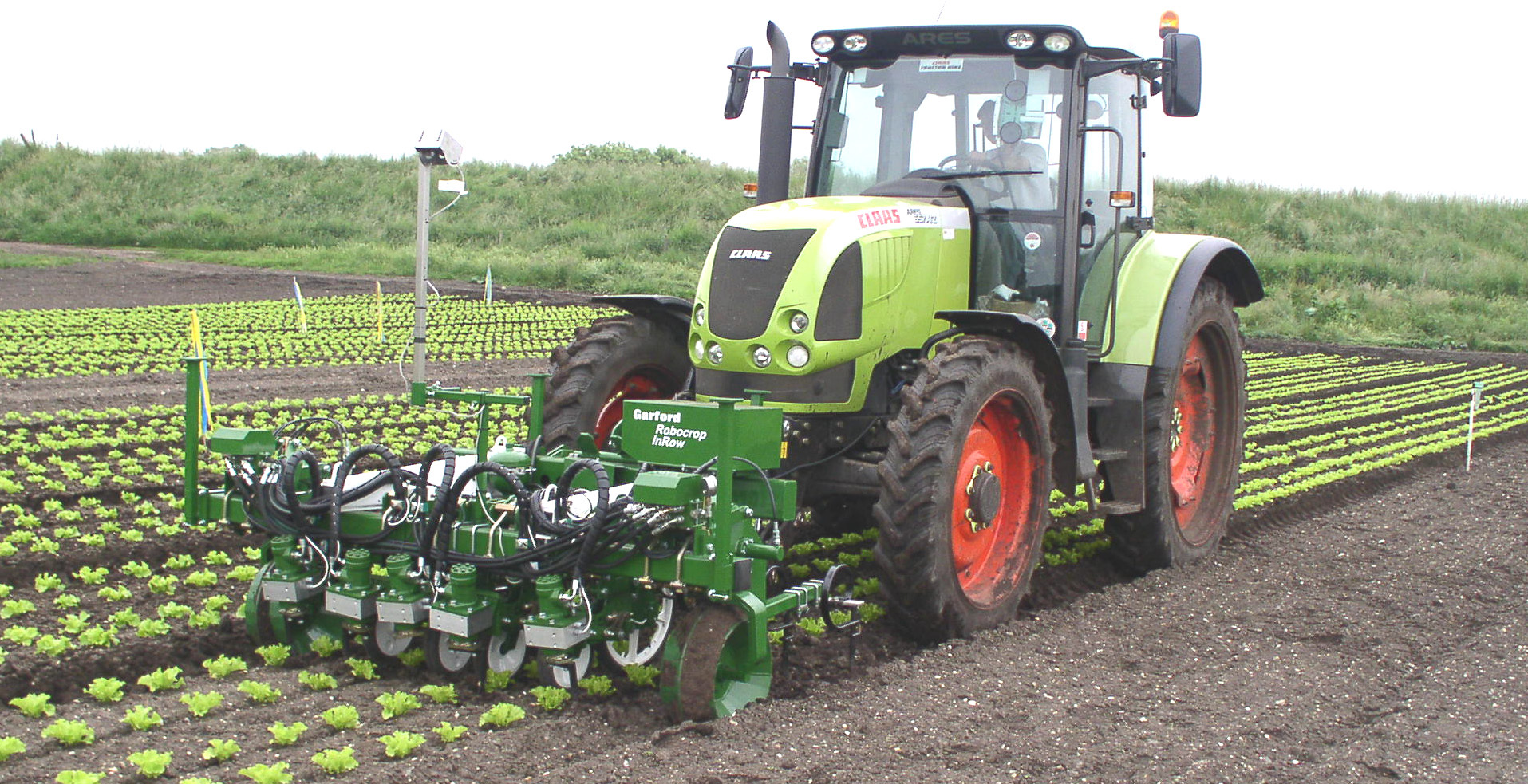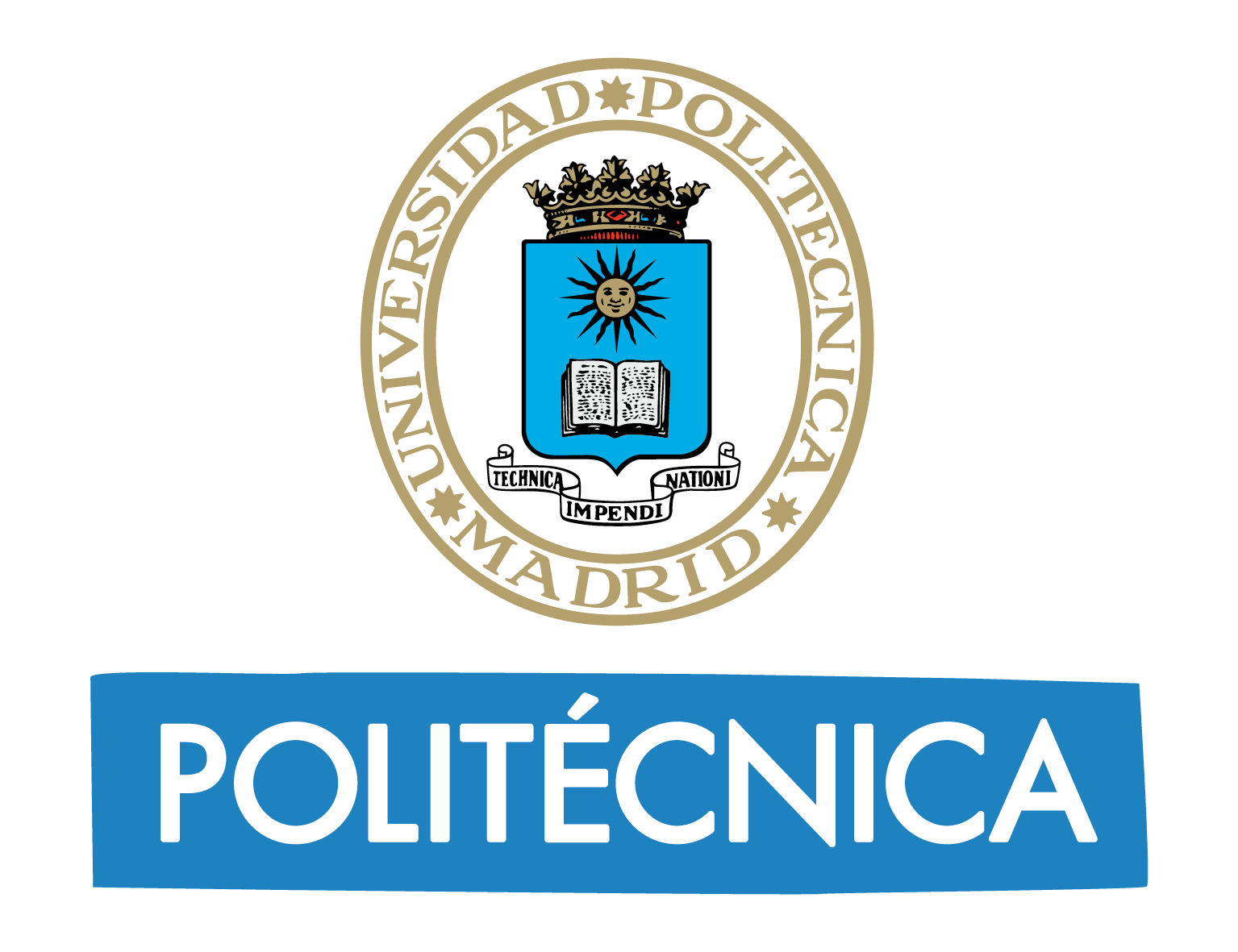Precision agriculture: an inevitable revolution
New technologies and growing demand for more sustainable-produced food are needed to tackle climate change.
By CONSTATINO VALERO*
Nowadays, we are witnessing a revolution in the farming sector that goes hand in hand with electronics, communications and automation. All of this is changing the way we produce food. Global Navigation Satellite System (GNSS) was first applied to a grain combine harvester; it happened twenty years ago, giving birth to what we know today as precision agriculture. The concept is easy: if plots of land are not homogeneous and the crop yields different in distinct areas, why not providing different amounts of fertiliser, water or herbicide in each area, instead of doing it uniformly as it has been done for centuries? In other words, if we manage to provide every inch of land what it needs, production will be more efficient and sustainable. To implement the concept is not so easy; in fact, it has taken experts more than twenty years to agree on a standard definition of precision agriculture. Fortunately, the International Society of Precision Agriculture (ISPA) published the official agreed definition in 2019, and more recently its translations into other languages such as Spanish.
The use of spectral sensors inside drones enables monitoring of crop conditions, and making management decisions, such as differential fertilizing.
Many technologies make precision agriculture possible in practice. Information and action technologies are standard classification. On the one hand, information technologies include all those devices that capture data from the plant/soil/climate/machinery system, converting them into georeferenced maps. The following are some examples: mobile soil sensors (measuring electrical conductivity, soil organic matter, humidity). Vegetation sensors (optically measuring crop vigour as they pass over). Fixed crop sensors (sensor networks installed in the field for a constant recording of soil and plant humidity, sunshine, rainfall, temperature). Remote sensing: (satellite images, drone-based images). External databases (meteorological, irrigation, plots, markets). Production sensors inside the combine harvester to quantify kilogrammes collected/square metre. Machinery-installed sensors to monitor its operation, and, of course, satellite positioning.
On the other hand, action technologies include systems that allow for the differential application of agricultural inputs in the field. Examples are: aid for guidance or auto-guidance tractors and combine harvesters, increasingly used by farmers, as well as machinery for a variable dosage of inputs, both solid fertilisers and other liquid phytosanitary products, seed and water. Also, agricultural robotics developed enough to provide commercial prototypes capable of removing weeds autonomously, monitoring crops or relocating pots in greenhouses.
Of course, there is no need to make use of all these technologies to take advantage of precision agriculture. However, indeed, the current countryside landscape is becoming more technical fast. Modern tractors and agricultural machinery are full of advanced electronics (a tractor has more control units than a racing car) which allow them to operate on the land in a differentiated way. All this means cost savings for the farmer, higher yields and more respect for the environment. In many sectors, drones and wireless sensor networks (WSN) capture information on the crop, the soil, or the climate, even on the animals. There is already talk of specialised sectors in this field, such as precision viticulture, precision olive growing, precision horticulture and precision livestock farming.

Cameras inside farm machinery, together with computer vision algorithms, are used for mechanic weeding, automatically and avoiding agri-chemist products.
However, the emerging revolution is later than precision agriculture and has to do with a different concept: digital agriculture. The real usefulness of data lies in analysis and modelling, in the conversion of terabytes of data into profitable decisions for the farmer. Agriculture is beginning to make use of cloud computing, mobile apps, crop and pest prediction models, big data, the Internet of things, (IoT). All this is rapidly changing the production paradigm, dispelling misconceptions like "a low-tech rural world". Precision agriculture and digital agriculture belong together. The farmer needs to jump on the new technologies' bandwagon, and the world needs them to tackle climate change with a growing demand for food, as well as more sustainable production.
At a recent conference, José Ramón Acín, technical manager of Finca Bizcarra, one of the most advanced Spanish farming firms in the use of these technologies, winner of the FIMA 2020 Excellence Award, said: "Precision agriculture is the way to produce in future. If today's farmers do not adopt this philosophy, this will eventually overtake them". It is the task of educational establishments to provide the necessary skills to help the farm technician to leap toward, and it is up to governments to bring about a favourable and enabling environment for modernising the sector.
Constantino Valero is a tenured professor in the School of Agricultural, Food and Biosystems Engineering.


